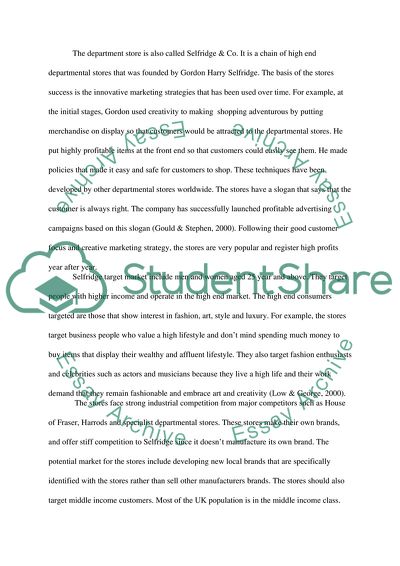Cite this document
(“Developing an Integrated Marketing Communications Strategy Essay”, n.d.)
Developing an Integrated Marketing Communications Strategy Essay. Retrieved from https://studentshare.org/marketing/1691767-developing-an-integrated-marketing-communications-strategy-selfridges
Developing an Integrated Marketing Communications Strategy Essay. Retrieved from https://studentshare.org/marketing/1691767-developing-an-integrated-marketing-communications-strategy-selfridges
(Developing an Integrated Marketing Communications Strategy Essay)
Developing an Integrated Marketing Communications Strategy Essay. https://studentshare.org/marketing/1691767-developing-an-integrated-marketing-communications-strategy-selfridges.
Developing an Integrated Marketing Communications Strategy Essay. https://studentshare.org/marketing/1691767-developing-an-integrated-marketing-communications-strategy-selfridges.
“Developing an Integrated Marketing Communications Strategy Essay”, n.d. https://studentshare.org/marketing/1691767-developing-an-integrated-marketing-communications-strategy-selfridges.


